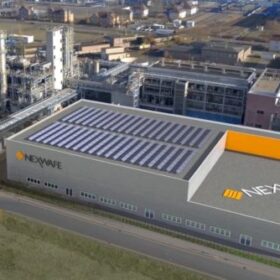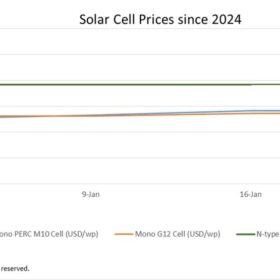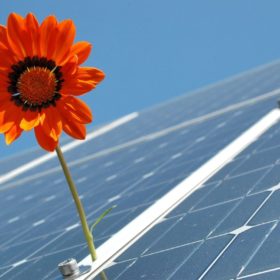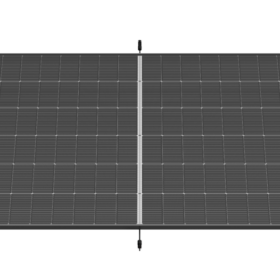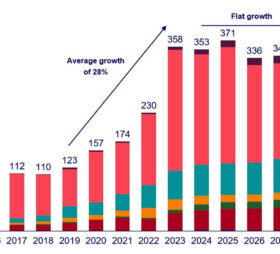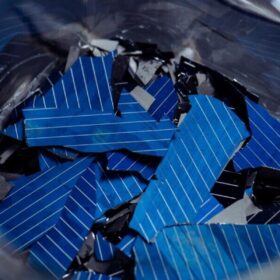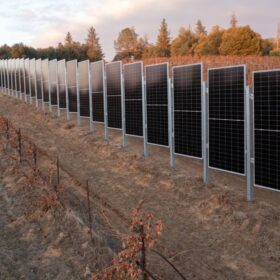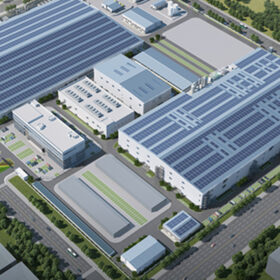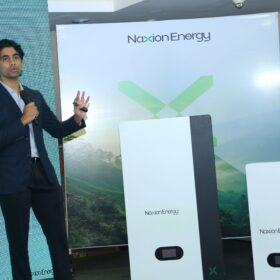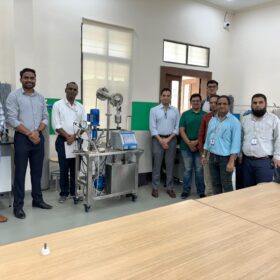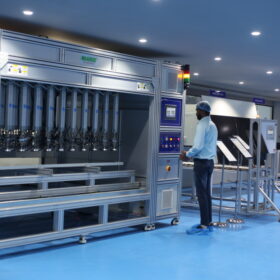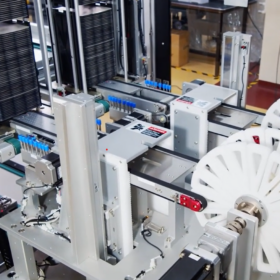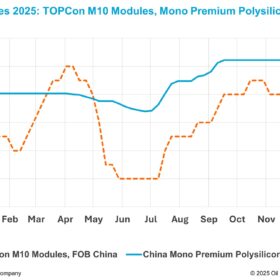Germany’s Nexwafe mulling US wafer factory
German wafer manufacturer Nexwafe says it has set up a subsidiary in the United States to evaluate the potential to produce wafers in the country.
Mixed signals for solar cell price prospects
In a new weekly update for pv magazine, OPIS, a Dow Jones company, provides a quick look at the main price trends in the global PV industry.
The scope for emerging solar cell technologies
In the fight against climate change, solar PV technology must increase its share in global electricity generation. This presents a mammoth challenge to the PV industry and research community. Intensive research efforts are necessary for developing various types of PV technologies parallel to Si-based solar panels.
Trina Solar presents bifacial dual-glass TOPCon solar modules for rooftop PV
The Chinese manufacturer said its new TSM-NEG9RC.27 and TSM-NEG18R.28 combine n-type technology with 210mm rectangular silicon wafer (210R) cell technology. Their temperature coefficient is -0.29% per C and their efficiency can reach up to 22.3% and 22.7%, respectively.
US solar sites linked to higher levels of insects
Scientists conducting a five-year research project in southern Minnesota have observed a tripling of insect numbers near two solar facilities built on rehabilitated agricultural land. They say the findings show how habitat-friendly solar could help protect insect populations and improve pollination in nearby agricultural fields.
Enel secures €560 million for 3 GW heterojunction panel factory in Italy
Enel has obtained €560 million ($610.2 million) for a solar module factory it is building in Catania, Sicily.
WoodMac predicts strong yet flat global PV growth through to 2032
Wood Mackenzie says the solar industry has reached a new stage in its evolution and is predicting around 350 GW of global solar installations annually for the next eight years. The research firm is also forecasting challenges for the solar manufacturing sector and long-awaited benefits from the Inflation Reduction Act in the United States.
Hyundai acquires stake in German PV recyling specialist Flaxres
Flaxres says it will leverage Hyundai’s capabilities to expand its business outside of Germany. The company has developed a solar module recycling technology that is based on short-term high-temperature heating using flash lamps.
US startup offering UL-certified vertical PV systems
Sunstall has developed a vertical PV system that facilitates energy production in space-limited areas. It is the first system of its kind to secure certification from Underwriters Laboratories (UL) for the US market
China’s Huasun opens 3.6 GW heterojunction panel plant
Huasun, a Chinese heterojunction module specialist, says it has invested CNY 5.4 billion ($761.2 million) in its new new 3.6 GW solar factory.
